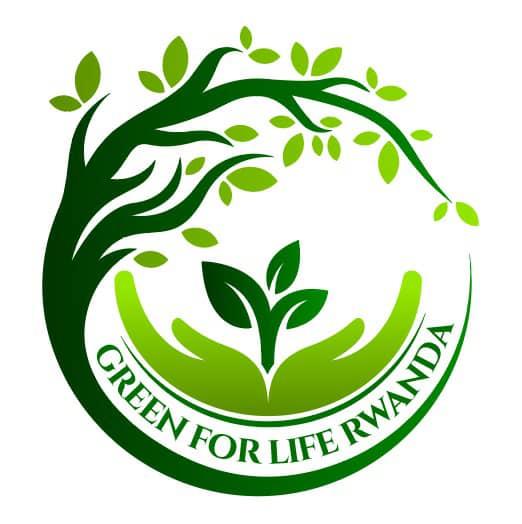
What We Do
Air
Trees are like the vacuums of our planet. Through their leaves and bark, they absorb harmful pollutants and release clean oxygen for us to breathe. In urban environments, trees absorb pollutant gases like nitrogen oxides, ozone, and carbon monoxide, and sweep up particles like dust and smoke. Increasing levels of carbon dioxide caused by deforestation and fossil fuel combustion trap heat in the atmosphere. Healthy, strong trees act as carbon sinks, absorbing atmospheric carbon dioxide and reducing the effects of climate change.
Water
Trees play a key role in capturing rainwater and reducing the risk of natural disasters like floods and landslides. Their intricate root systems act like filters, removing pollutants and slowing down the water’s absorption into the ground. This process prevents harmful waterside erosion and reduces the risk of over-saturation and flooding. According to the Food and Agriculture Association of the United Nations, a mature evergreen tree can intercept more than 15,000 liters of water every year.
Biodiversity
A single tree can be home to hundreds of species of insect, fungi, moss, mammals, and plants. Depending on the kind of food and shelter they need, different forest animals require different types of habitats. Without trees, forest creatures would have nowhere to call home.

Why Are Trees Importance To The environment?
Trees help clean the air we breathe, filter the water we drink, and provide habitat to over 80% of the world's terrestrial biodiversity.
Learn More
Mainstream Advocacy
Advocacy is about influencing people, policies, structures and systems to bring about change. It is about communicating with those in power and persuading them to act in more just and equitable ways. At the core, it is about building relationships. It is about tackling the root causes of poverty and promoting justice. Advocacy can be done by, with, or on behalf of, those affected by injustice. Anyone can carry out advocacy work – it should not be left to professionals or experts.
Learn More
Climate Change
In Rwanda, 90 percent of the population depends on the land for survival and prosperity. The country is comprised of five ecosystems: cropland and natural vegetation (47 percent); scrublands, savanna, and grasslands (32 percent); forests (12 percent); wetlands and water; bodies (8 percent) and sparse or barren vegetation (1 percent). The services and products supported by ecosystems are critical for the health and economic well-being of communities, as well as for the greater economy of Rwanda.
Learn More
Gender Livelihood and Advocacy
Green for life Rwanda builds an experience working with the community at the grassroots level. Through the Community Empowerment and Education program (CEE), community members are educated about the linkages between human activity and the environment, which empowers them to unite, act, and stand up for their rights.
Learn More




